KONSEP, FUNGSI DAN STRATEGI PEMBELAJARAN SENI BAGI PESERTA DIDIK USIA DINI
Abstrak
This article aims to describe the concept of art learning for learners at the level of early education. Art learning or art education often gets a paradigm as learning that is unimportant compared to other subjects such as mathematics, natural sciences and other exact subjects. This then makes art lessons sometimes not get attention. However, the reality of art learning, especially in learning at the level of early childhood education, has an important function in developing and strengthening cognitive intelligence and developing creative patterns for children. So the discussion of how important art learning is is important to do. The writing of this article is the result of the development of ideas of thought combined with the results of research based on a model of literature on important literature related to previous research on art learning and early childhood education. Based on the results of data analysis, the concept of art learning has an important role in building knowledge and skills in strengthening creativity. The function contained in it prioritizes the ability to express themselves because children express and communicate ideas of thought through art. Art learning strategies in early childhood tend to pay attention to the analysis of common characteristics in the learning design process. It is hoped that writing about the concept of art learning in early childhood can provide a thorough understanding and knowledge of the role of art in supporting children's abilities and skills and become a reference library in relevant research in the future.
Referensi
Anggraini, S. (2015). Komunikasi Pada Anak Usia Dini. WACANA: Jurnal Ilmiah Ilmu Komunikasi, 14(3), 230–240. https://doi.org/10.32509/wacana.v14i3.117
Ardipal. (2008). Peran Seni dalam Pengajaran. Komposisi: Jurnal Pendidikan Bahasa, Sastra, Dan Seni, 9(2), 85–92. https://doi.org/10.24036/komposisi.v9i2.91
Assegaff, A., & Sontani, U. T. (2016). Upaya Meningkatkan Kemampuan Berfikir Analitis Melalui Model Problem Based Learning (PLB). Jurnal Pendidikan Manajemen Perkantoran, 1(1), 38–48. https://doi.org/10.17509/jpm.v1i1.3263
Astawa, I. N. S. (2018). Pola Pendidikan dalam Perspektif Pendidikan Hindu. Satya Widya: Jurnal Studi Agama, 1(1), 88–110. https://doi.org/10.33363/swjsa.v1i1.40
Bahri, H. (2018). Strategi Komunikasi Terhadap Anak Usia Dini. Nuansa, 11(1), 48–57. https://doi.org/10.29300/nuansa.v11i1.1356
Bermawi, Y., & Fauziah, T. (2016). Penerapan Pendekatan Saintifik Dalam Pembelajaran Di Sekolah Dasar Aceh Besar. Pesona Dasar: Jurnal Pendidikan Dasar Dan Humaniora, 2(4), 63–71. http://www.jurnal.unsyiah.ac.id/PEAR/article/view/7533
Djamal, M. (2015). Paradigma Penelitian Kualitatif (A. Choiran Marzuqi (ed.); 1st ed.). Pustaka Pelajar.
Falimu. (2017). Etika Komunikasi Pegawai Terhadap Pelayanan Penerbitan Pajak Bumi Dan Bangunan. Jurnal Komunikator, 9(1), 9–16. https://journal.umy.ac.id/index.php/jkm/article/view/2573
Huliyah, M. (2016). Pengembangan Daya Seni Pada Anak Usia Dini. As -Sibyan Jurnal Pendidikan Guru Raudlatul Athfal, 1(2), 149–164. http://jurnal.uinbanten.ac.id/index.php/assibyan/article/view/201
Jalil, A. (2012). Karakter Pendidikan untuk Membentuk Pendidikan Karakter. Nadwa : Jurnal Pendiidkan Islam, 6(2), 175–193. https://doi.org/10.21580/nw.2012.6.2.586
Jennah, R. (2009). Media Pembelajaran. In Antasari Press (1st ed.). Antasari Press.
Khaironi, M. (2018). Perkembangan Anak Usia Dini. Jurnal Golden Age, 2(01), 01. https://doi.org/10.29408/goldenage.v2i01.739
Kirom, A. (2017). Peran Guru Dan Peserta Didik Dalam Proses Pembelajaran Berbasis Multikultural. Jurnal Al-Murabbi, 3(1), 69–80.
Kosilah, & Septian. (2020). Penerapan Model Pembelajaran Kooperatif Tipe ASSURE Dalam Meningkatkan Hasil Belajar Siswa. Jurnal Inovasi Penelitian, 1(6), 1139–1148. https://doi.org/10.47492/jip.v1i6.214
Kusumawati, M. D., & Anggraini, D. (2020). Wadah Komunitas Dan Rekreasi Di Kelurahan Guntur, Jakarta Selatan. Jurnal Sains, Teknologi, Urban, Perancangan, Arsitektur (Stupa), 2(1), 1035–1046. https://doi.org/10.24912/stupa.v2i1.6884
Majid, B. I. (2016). Refleksi Diri Sebagai Inspirasi Karya Lukis. Arty: Journal of Visual Arts, 5(1), 1–17. https://doi.org/10.15294/arty.v4i1.10025
Mulyani, N. (2017). Pengembangan Seni Anak Usia DIni (Engkus Kuswandi (ed.); 1st ed.). PT Remaja Rosdakarya.
Paramartha, W., & Yasa, I. W. S. (2017). Mengungkap Model Pendidikan Hindu Bali Tradisional Aguron-guron. Mudra, 32(1), 131–140. https://doi.org/10.31091/mudra.v32i1.92
Pribadi, R. B. A. (2011). Model ASSURE untuk Mendesain Pembelajaran Sukses (K. Priyadi (ed.); 1st ed.). Dian Rakyat.
Ratna, N. K. (2015). Estetika Sastra dan Budaya (1st ed.). Pustaka Pelajar.
Sabri, I., Jazuli, M., Sumaryanto, T., & Abdillah, A. (2019). Peran Pendidikan Seni dalam Meningkatkan Keterampilan Berpikir kritis, Konstruktif dan Inovatif pada Era Society 5.0 untuk Revolusi Industri 4.0. Prosiding Seminar Nasional Pascasarjana (PROSNAMPAS), April 2018, 725–729. https://proceeding.unnes.ac.id/index.php/snpasca/issue/view/6
Sanjaya, W. (2009). Perencanaan dan Desain Sistem Pembelajaran (1st ed.). Kencana Prenada Media Group.
Sugiyono. (2020). Metode Penelitian Kualitatif Untuk Penelitian yang bersifat: Eksploratif, Enterpretif, Interaktif dan Konstruktif (S. Y. Suryandari (ed.); 1st ed.). ALFABETA.
Suhaya. (2016). Pendidikan Seni Sebagai Penunjang Kreatifitas. Jurnal Pendidikan Dan Kajian Seni, 1(1), 1–15. https://doi.org/10.30870/jpks.v1i1.837
Sulistyarsi, A. (2012). Penerapan Strategi Pembelajaran Berbasis Proyek Dalam Membuat Alat Peraga Ipa Untuk Meningkatkan Prestasi Belajar Dan Keaktifan Siswa Kelas IV SDN Cermo 01 Kare Madiun. Premiere Educandum : Jurnal Pendidikan Dasar Dan Pembelajaran, 2(1), 21–37. https://doi.org/10.25273/pe.v2i01.45
Suminah, E., Nugraha, A., Lestari, G. D., & Wahyuni, M. (2017). Kurikulum Pendidikan Anak Usia Dini Apa, Mengapa, Dan Bagaimana (E. Yulaelawati (ed.); 1st ed.). Direktorat Pembinaan Pendidikan Anak Usia Dini Direktorat Jenderal Pendidikan Anak Usia Dini dan Pendidikan Masyarakat Kementerian Pendidikan dan Kebudayaan.
Widjanarko, P. (2016). Pendidikan Seni Bermain dan Bernyanyi Anak Usia Dini. JURNAL AUDI: Jurnal Ilmiah Kajian Ilmu Anak Dan Media Informasi PAUD, 1(1), 25–31. https://doi.org/10.33061/ad.v1i1.1206
Yuningsih, C. R. (2019). Pembelajaran Seni Rupa Di Pendidikan Anak Usia Dini. Jurnal Edukasi Sebelas April, 3(1), 1–7. https://jurnal.stkip11april.ac.id/index.php/JESA/article/view/59
Authors who publish with this journal agree to the following terms:
- Authors retain copyright and grant the journal right of first publication with the work simultaneously licensed under a Creative Commons Attribution-ShareAlike 4.0 International License that allows others to share the work with an acknowledgement of the works authorship and initial publication in this journal.
- Authors are able to enter into separate, additional contractual arrangements for the non-exclusive distribution of the journals published version of the work (e.g., post it to an institutional repository or publish it in a book), with an acknowledgement of its initial publication in this journal.
- Authors are permitted and encouraged to post their work online (e.g., in institutional repositories or on their website) prior to and during the submission process, as it can lead to productive exchanges, as well as earlier and greater citation of published work (See The Effect of Open Access).

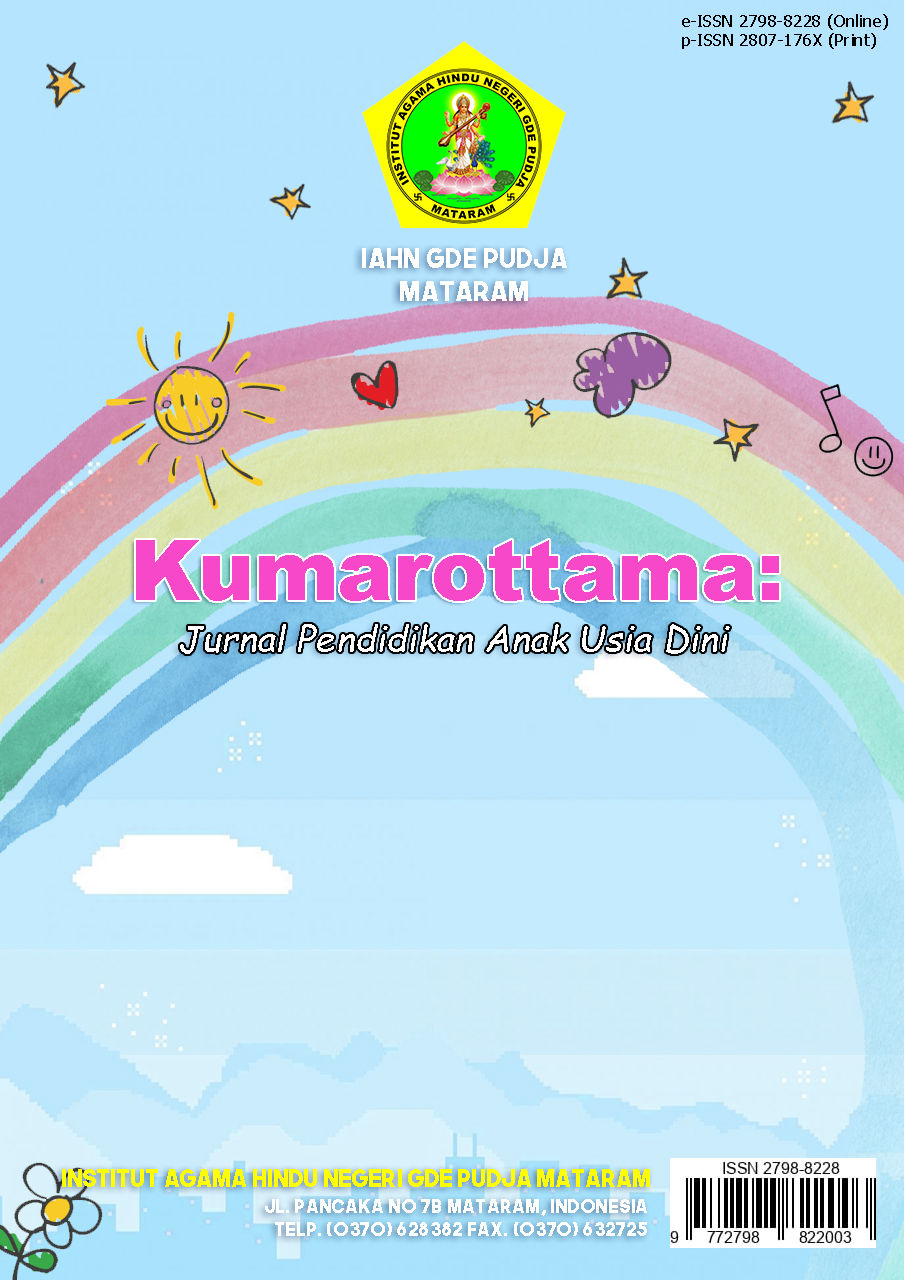
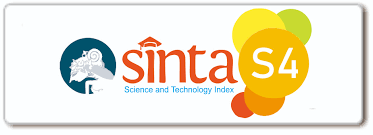
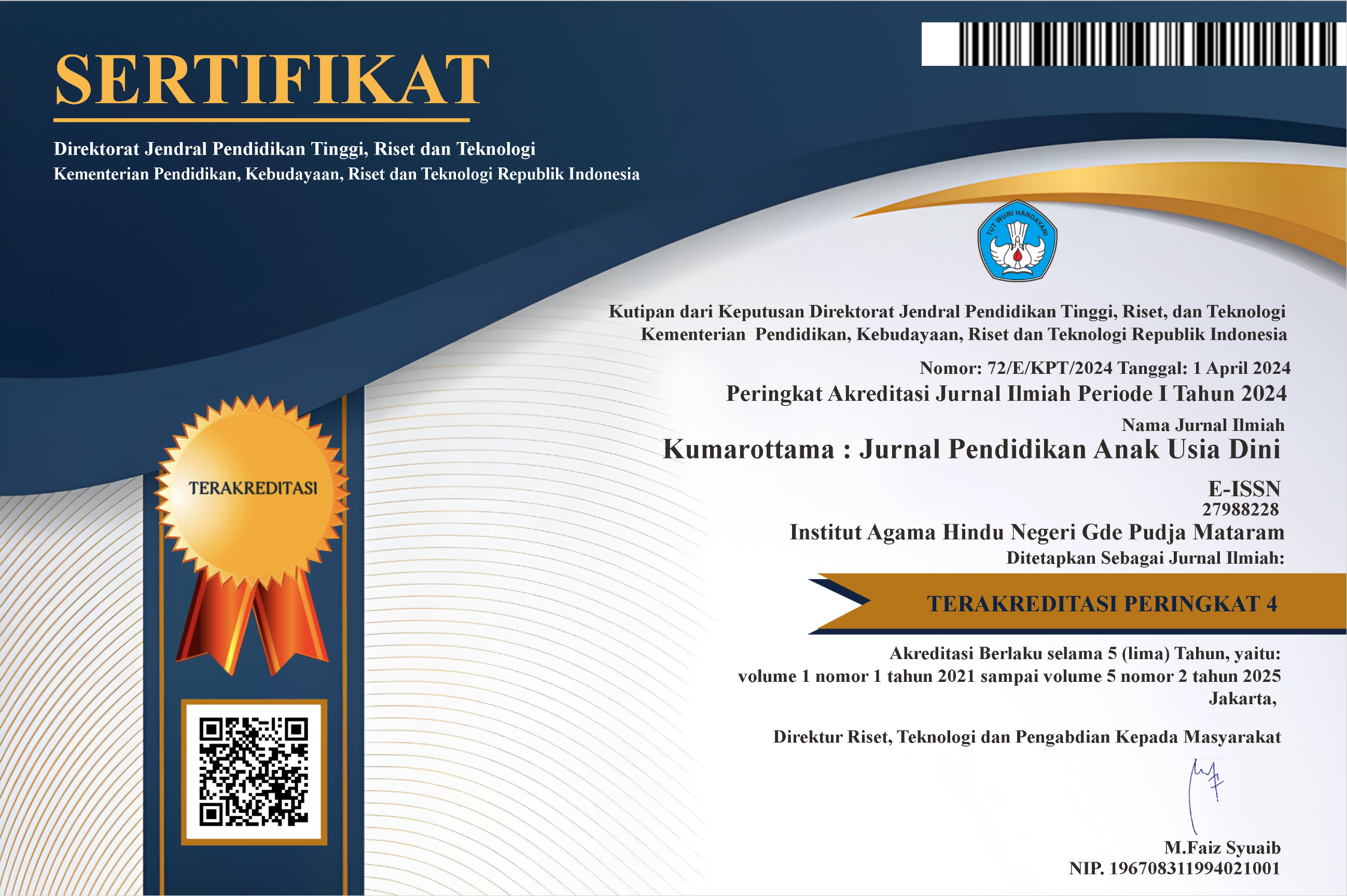


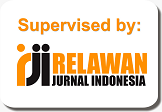
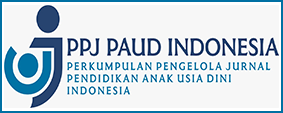
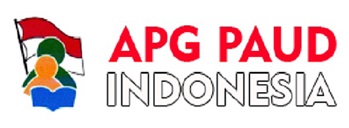

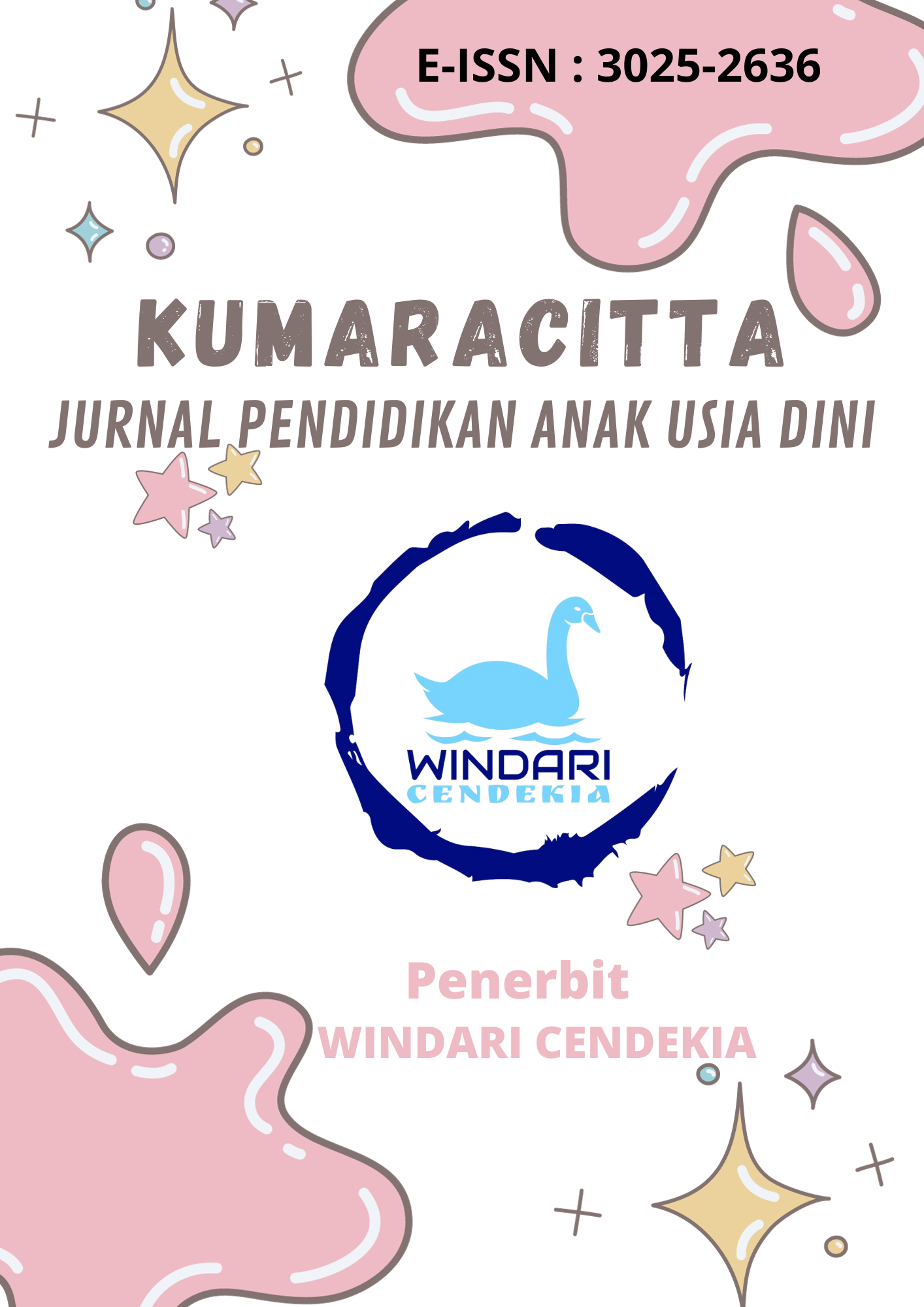
.png)














